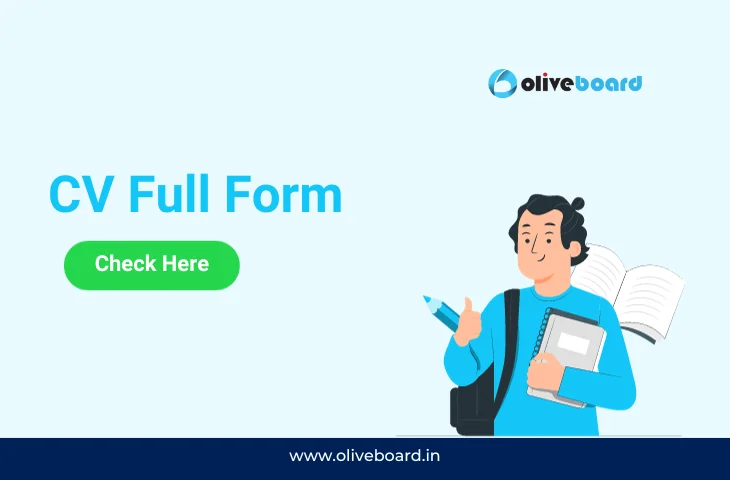CV Full Form
In the realm of job applications and professional networking, the term “CV” is a ubiquitous presence. Yet, for many, its full form remains a mystery. What does CV stand for, and why is it so crucial in the world of careers? In this article, we demystify the abbreviation CV, explore its full form, and delve into its significance in the professional landscape.
Understanding CV
CV stands for “Curriculum Vitae,” a Latin term that translates to “course of life” in English. It’s a comprehensive document that provides a detailed overview of a person’s educational and professional background, skills, qualifications, achievements, and experiences. A well-crafted CV serves as a powerful tool for job seekers, enabling them to present a comprehensive picture of their qualifications to potential employers.
The Building Blocks of a CV
A typical CV consists of several key sections:
- Contact Information: This section includes the applicant’s name, phone number, email address, and sometimes a mailing address.
- Professional Summary/Objective: A brief statement that highlights the individual’s career goals and what they bring to the table.
- Education: Details of the applicant’s educational history, including degrees earned, institutions attended, and graduation dates.
- Work Experience: A chronological list of the applicant’s employment history, including job titles, company names, dates of employment, and descriptions of responsibilities and achievements.
- Skills: A section showcasing the applicant’s skills, both technical and soft skills, relevant to the job.
- Achievements and Awards: A space to highlight any noteworthy accomplishments, recognitions, or awards received.
- Certifications and Training: Information on any additional certifications or specialized training the applicant has completed.
- Publications and Presentations: If applicable, this section includes publications, research papers, or presentations made by the applicant.
- Languages: Details of the languages the applicant is proficient in, if relevant to the job.
- Hobbies and Interests: A brief insight into the applicant’s personal interests and activities, which can provide a well-rounded view of their personality.
The Significance of a CV
A CV is more than just a document; it’s a gateway to career opportunities. Here’s why it holds such importance:
- First Impression: A CV is often the first thing employers see, making it the initial impression a candidate makes. A well-structured CV can pique an employer’s interest and lead to further consideration.
- Comprehensive Information: Unlike a resume, which is typically shorter and tailored for specific job applications, a CV provides a comprehensive overview of a candidate’s entire career. This can be particularly valuable for academic, research, or highly specialized roles.
- Showcasing Achievements: A CV allows candidates to showcase their achievements, skills, and qualifications in detail, helping employers understand how they can contribute to the organization.
- International Applicability: The term “CV” is widely recognized and used internationally, making it suitable for job applications both within and outside one’s home country.
- Academic and Research Roles: In academia and research fields, a CV is the standard document for presenting one’s academic accomplishments, publications, and research projects.
Conclusion – CV Full Form
In conclusion, a CV, short for “Curriculum Vitae,” is a crucial tool for job seekers and professionals looking to advance their careers. It’s a comprehensive document that presents a detailed overview of an individual’s qualifications and experiences. Crafting an effective CV can open doors to new career opportunities and help individuals stand out in a competitive job market. So, the next time you encounter the term “CV,” remember that it represents a rich and informative document that showcases a person’s course of life and career journey.
FAQs – CV Full Form
Ans: The full form of CV is “Curriculum Vitae.”
Ans: In Hindi, the full form of CV is “जीवनवृत्त” (Jeevanvritta) or “बायोडेटा” (Biodeyta), both of which are equivalent to “Curriculum Vitae” in English.
- SIDBI Grade B Notification 2025 Out For 26 Manager Post
- SSC CGL Tier 2 Weightage of English and Quants, Check Here
- 7 Tips for Staying Motivated during SSC CGL Exam Preparation
- General Science Question for SSC CGL Exam, Attempt Here
- SIDBI Grade B Syllabus & Exam Pattern 2025, Download PDF

